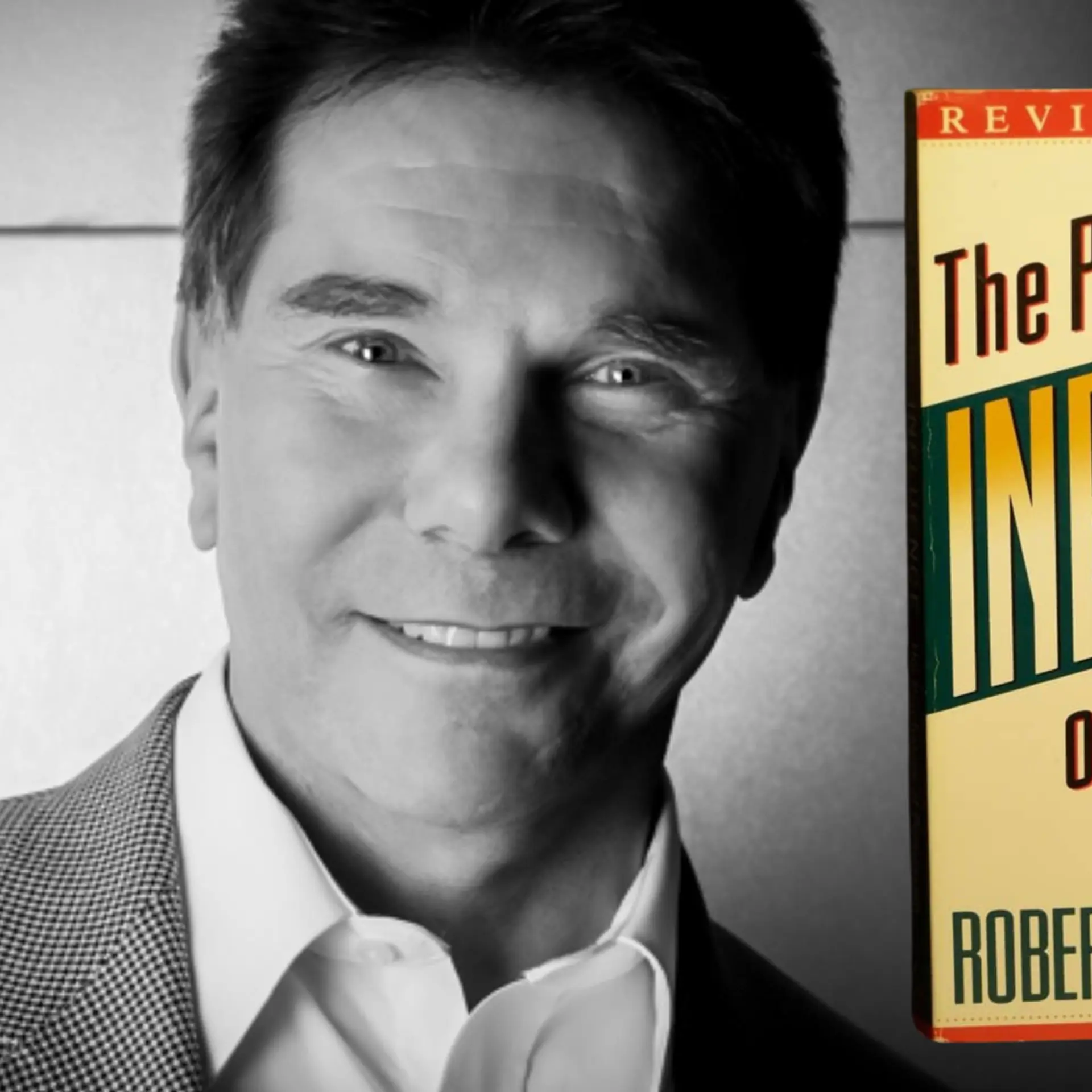The purpose of it all: How to write a kickass mission statement for your startup
“So what do you guys do?”
This is what anyone who owns a startup or works for one is often asked. But what would be quite unfortunate is not knowing the purpose or mission of your own business. One of the best ways to express this is through your mission statement.
Mission statements are quite tricky to write, and just one wrong word is enough to make your purpose seem off-kilter to those who read it. In his article How to Write a Mission Statement in 5 Easy Steps, Palo Alto Software Founder Tim Berry says that the mission statement of your company is an opportunity for you to define the company’s goals, culture, ethics and norms for decision-making.

Image : shutterstock
The primary aspects that should be covered in your mission statement include how customers benefit by doing business with you, how your employees are treated and what they stand to gain in this work environment and finally, what you, the owner, stand to gain or mean to get out of this business.
Here are a few pointers to help you write out a killer mission statement:
Do you know what you do?
To start your mission statement, it is vital that you have a clear idea of your own business. If you want to convince people to do business with you, a vague explanation of why they should will not be enough. Know what your business is, in and out, and you will be able to explain it easily. Once you know what it is you do, put it down in words—and that’s half your mission statement. The next half is to incorporate how it affects the three stakeholders mentioned earlier—your customers, employees and the owner(s).
Avoid unnecessary fluff
It is important that your mission statement reflects what exactly you do without unnecessary embellishments that could stand in the way of creating a genuine image for your enterprise. Remember, the customer is always right and can spot a phony purpose statement from a mile away. For example, Uber’s mission statement reads: “Transportation as reliable as running water, everywhere for everyone”. Here, you get a clear idea of what they do and what they mean to do with their business.
Brevity is key
Mission statements are exactly that—just statements. Putting the customer to sleep with unnecessary rambling is not the mission. A mission statement should be no longer than a paragraph, perhaps stretching it to two, if necessary. Brevity is key. Take Airbnb’s mission statement, for example. It reads: “Belong anywhere”, capturing the essence of what Airbnb does and aims to do.
How different are you?
Not only should your mission statement capture what you do but also how you do it differently. A generic statement about your business could be applied to any other business as well, taking away the purpose of your mission statement. What makes it stand out is mentioning how your business is unique, maybe in the way service is delivered to the consumer, how it is conducted or how the product is different and so on. Avoid stating the obvious. Skip mentioning who you already are or how you are perceived. Instead of listing facts, talk about your USP.
These pointers should help make your mission statement better and provide an edge to your business. Remember, it isn’t just what you say, but how you say it that matters. If you get that right, there’s no end to what your mission statement can achieve.







